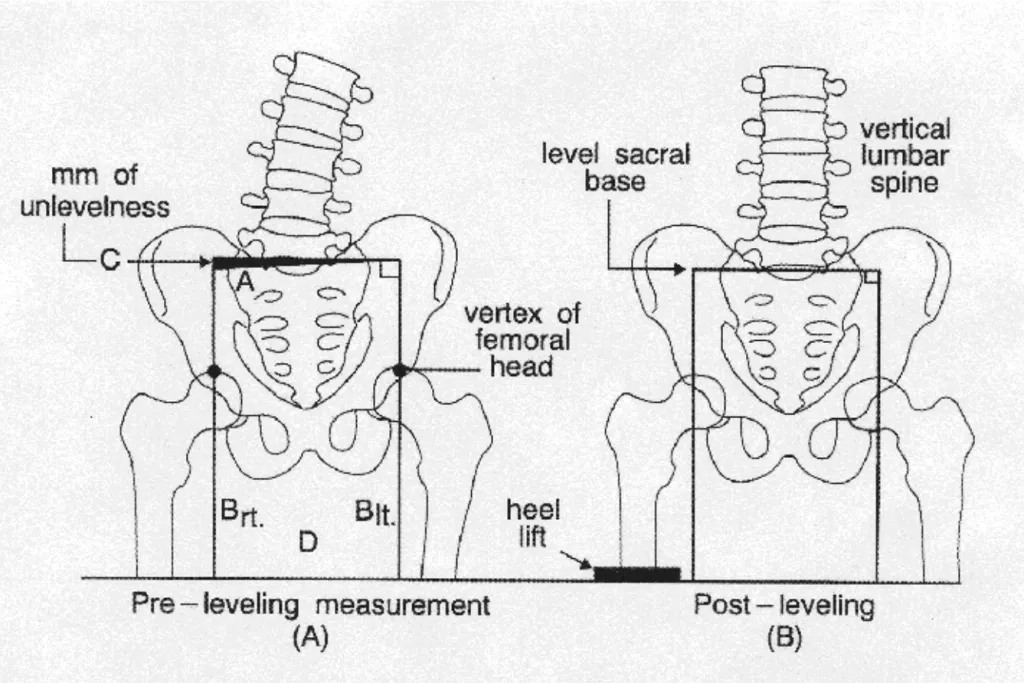
A short leg, or anatomical leg length inequality (LLI), occurs when the actual bony length of one lower limb differs from the other—typically due to variations in the femur or tibia length. While a difference of up to 3 mm is considered normal, studies show that even a 5 mm discrepancy can significantly increase the likelihood of low back pain, postural imbalances, and joint strain.
For adults, a true short leg cannot be corrected without surgery, but it can often be effectively compensated for with a precisely calculated shoe lift, helping restore balance and reduce discomfort. In children, however, early intervention can naturally support correction, especially before age 11 in girls and 13 in boys. With the right chiropractic care and treatment protocols, leg length discrepancies can improve at an average rate of 1 mm per month, with some cases achieving significant correction beyond the expected age range.
It’s important to distinguish between true anatomical leg length differences, which require specialized x-ray measurements, and functional discrepancies caused by muscle imbalances or spinal misalignment. While functional short leg cases can often be corrected through chiropractic adjustments and postural alignment, a true bony length difference requires a more strategic approach to compensation and management.
Effects of Leg Length Discrepancy on Your Body
Your Nervous System: The Master Control You Can’t Afford to Ignore
If there’s one system in your body that quietly runs the show—it’s your nervous system….
Beyond the Crack: Why Chiropractic Care Supports Your Whole Body
When most people think of chiropractic care, they picture a quick adjustment, maybe even “the…
Relieving Migraine Headaches
The Bottom Line Few things can ruin your day as much as a headache. Relieving…
The Benefits of Chiropractic Care for Daily Headaches
The Bottom Line Half of the world’s adult population struggles with headaches at least once…
The Link Between Stress and Headaches
The Bottom Line Are you feeling rushed? Are you dreading a big meeting at work?…
What Type of Headache Do You Have?
The Bottom Line Headaches are experienced a little bit differently by everyone. Patients at our…